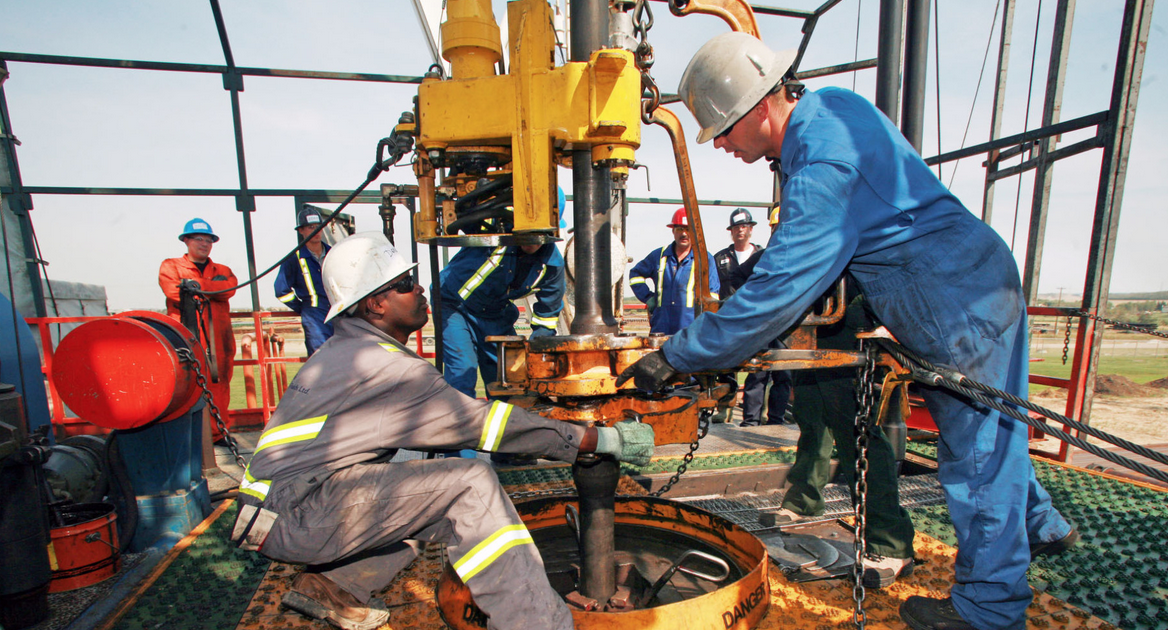Fuel Trend Report from Motus Examines Cost Factors
Fuel prices have long been a volatile expense in our lives. Over the spring season, the frequently shifting price of fuel has only gone up. What drives the change of prices at the pump? What can we expect in the coming months? What about the rest of 2018? In this report, we’ll cover everything you need to know about 2018 fuel trends.
Fuel Portion of Overall Vehicle Costs
Over the past seven months, fuel accounted for 25.6% of the total cost to own and operate a vehicle. That’s a 7% increase from October 2016 – September 2017 and is the highest percentage in three years.
The increase correlates to a steady rise in fuel prices since September 2017. Prior to that, the U.S. enjoyed a period of relative stability in fuel prices between 2016 and 2017. Starting in September 2017, the market began to change. With the summer driving season ahead, drivers in the U.S. can expect further increases at the pump. The average U.S. price for fuel is now at its highest point in 33 months.
What are the factors driving the increase in fuel costs, and what can drivers expect at the gas pumps over the coming months? One of the main drivers of gas prices is the crude oil market. Crude oil accounts for 57% of the cost of a gallon of gas. By looking at oil supply and demand trends, we can find clues about what lies ahead for fuel prices.
Demand Trends
As nations continue to develop in a strong global economy, demand for fuel has been growing each year. From 2015 to 2018, China’s fuel consumption has increased by an average of 510,000 barrels per day. Demand in the U.S. increased by an average of 310,000 barrels per day over the same timeframe (1).
People in the U.S. have been driving more miles every year. Low gas prices have made driving more affordable for mobile workers and leisure travelers, and low unemployment levels have increased the number of people making the daily commute. In fact, Americans drove 724 Billion more miles in 2017 than they did in 2016 – a total of 38.3 Trillion miles (2).
The increase in driving means that Americans need more fuel, and right now there are no signs of that slowing down. Global demand is expected to keep growing as automobiles proliferate across China (3). Can the world’s oil producers keep up with this swelling demand?
Supply Dynamics
Starting in 2015 and throughout 2016, the world market had an oil surplus, which created downward pressure on oil prices. OPEC responded in late 2016 by forging an agreement with its 14 members and non-member Russia to gradually rebalance the market by cutting production (4). The effect of these production cuts was accelerated by the decline of Venezuela’s oil production. Prior to 2015, Venezuela was a top ten oil producer (5). Since 2015, Venezuela’s oil production has declined by about 23% due to a lack of reinvestment into its infrastructure (6). As its oil industry continues to dwindle, Venezuela is expected to leave a gap in the oil production market.
Since late 2017, the U.S. has become the second-largest oil producer in the world, expanding production past Saudi Arabia and trailing Russia.
The explosion in U.S. domestic oil production has impacted the global oil supply. Previous peak production in the 1970’s was eclipsed in 2017. But now the U.S. is poised to continue to grow over the coming decades.
We have arrived at a new era of oil market dynamics. In 2016, Morgan Stanley predicted that oil prices would have to exceed $80/barrel to stimulate production growth, but U.S. crude production has increased 13% since then and prices have averaged only $52.30 (7).
The U.S. contribution has helped stabilize the oil market by filling gaps in supply, keeping prices at the pump affordable. For example, U.S. oil production has helped level off the Venezuelan production decline, and continued growth in U.S. exports will help stabilize the market. This growth helps keep oil prices stable and less reactive to geopolitical tensions. As a result, gas prices are less likely to spike (8).
So, what can Americans expect at the gas pumps in the coming months?
Fuel Outlook
Fuel prices have steadily increased in the first half of 2018 due to the rebalancing of oil supply and demand. Summertime is the season of peak demand across the U.S. and over the past three years, national average prices have increased by an average of $0.18 per gallon between April and June (9). We expect this trend to continue and predict that average national fuel prices will peak over the summer months between $3.00 – $3.15 per gallon.
Goldman Sachs predicts that prices will ease off by early Fall as the market adjusts to a sustained balance of supply and demand. This is expected to help fuel prices level off and close out the 2018 calendar year at a lower average price than 2017. Over the next 12 months, we anticipate an increased average national fuel price of $2.70-$2.80. This will increase the cost to own and operate a vehicle by up to 7% over the next year (10).
Factors that could affect these predictions include: geopolitical tensions with other oil-producing nations, disruption of U.S. production due to tropical storms in the Gulf of Mexico, and a collapse of the agreement to curb oil production among OPEC and non-OPEC countries.
Category: Featured, Fuel & Oil, General Update, News











